IT started as an 11th-hour race between nine timber yachts.
And since those wood-plank cutters with cloth sails and sextant navigation bravely paved the way in 1945, the Sydney to Hobart yacht race has grown into the globally renown blue water classic and a bucket-list item for sailors the world over.
It has had triumphs and tragedy, miraculous escapes and glorious victories.
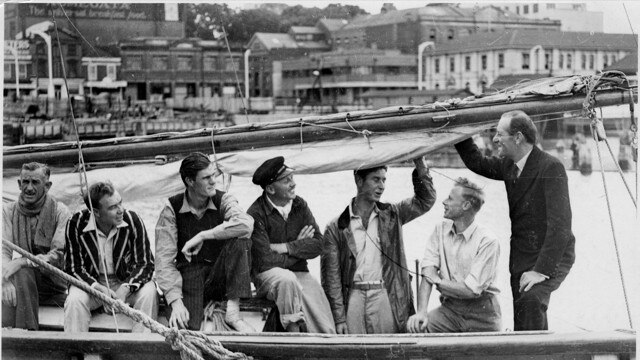
“The Rolex Sydney-Hobart really is a special race,” said Paul Billingham, Commodore of the Cruising Yacht Club of Australia.
“It’s like no other yacht race in the world.
GALLERY: TOP PICTURES FROM SYDNEY-HOBART 2009-2018
GALLERY: 75 YEARS OF SYDNEY-HOBART FRONT PAGES
“There will be so many people sailing south on Boxing Day and yes it’s about the glory but it’s also about the fellowship, the community and the friendship they forge before during and after the race.
“That is really what we are celebrating this year with the 75th year.”
The unforgettable events of 1998 are etched in the memory of many, when five sailors died and six yachts sank in a freak storm that launched Australia’s largest peacetime maritime rescue operation.
Of the 115 boats that started, just 44 made it to Hobart.
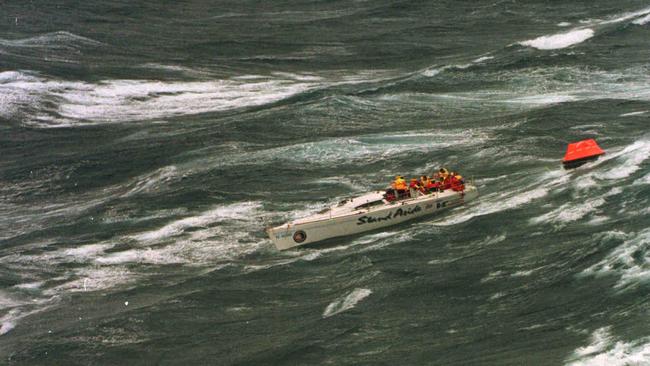
“I think about it all the time. It was a life-changing experience,” said skipper of line honours winner Sayonara, Larry Ellison.
“We knew there were boats sinking when we got in, we knew people were in trouble still out there in the midst of it and we were enormously grateful having made it.

“We were the first survivor to get in and finish the race. It was a race for survival, not for victory, trophies or anything like that.
Asked if he would do another Sydney-Hobart, Ellison said: “Never again.”
And he hasn’t.
Back in 1945 when the crews of Rani, Winston Churchill, Kathleen, Horizon, Ambermerle, Mistral II, Saltair, Wayfarer and Archina set sail from Sydney Harbor on Boxing Day 75 years ago, little did they know what they were starting.
WILD OATS XI SUFFERS ANOTHER SETBACK
Ironically, in 1945 the RAAF also launched a search mission to see if the nine yachts had survived a huge southerly gale that scattered the fleet two days after it left Sydney.
It spotted eight, but by this time Rani was so far ahead it could not be sighted and was presumed missing, possibly lost.

Four days later Rani was sighted off Tasman Island on Tasmania’s south-east coast and Illingworth’s little timber hero sailed famously into Hobart as the first winner of the now world-famous yacht race.
There was not even a radio on the first Sydney-Hobart boats. They took carrier pigeons to convey messages back to land, and the crew of Wayfarer went one step beyond – they stopped racing and went ashore twice to phone home.
On their stop at Port Arthur, the owner of the Hotel Arthur put on a barrel in honour of the intrepid sailors and a local fisherman supplied them with a sumptuous feed of crayfish.
There were no electronic winches, wind and speed gauges, a navigation station boasting computers, GPS and latest weather maps, $1000 waterproof jackets with personal flotation devices, hand-warmers, flares, and EPIRBS.
The first fleet navigated by sextant using the sun, moon and stars, a crew decked out in seal-skin, woollen jumpers, no freeze-dried rations or freezer to store food, and not even a life jacket.
Rani was the UK-flagged yacht of naval engineer, captain John Illingworth, and she won line honours and handicap in the inaugural event. Australian boats raced unchallenged by internationals for the next 16 years.

US yacht Ondine was the next foreigner to win the race, taking line honours in 1962 while New Zealand yacht Rainbow was the first international since Rani to take it on handicap in 1967.
Leading into the 75th anniversary race, the Sydney-Hobart line honours has been won by 16 internationals and handicap by nine overseas entrants.
The carbon-fibre rocket ships of today — like nine-times line honours champion Wild Oats XI and race record holder Comanche — are three times longer and half the weight of Rani, and bristle with hi-tech equipment.
Comanche won the race in an eye-watering 1 day 9 hours 15 minutes 24 seconds in 2017 compared with Rani’s 6 days, 14 hours and 22 minutes.
The stakes are high and the race has not been without controversy.
In 2017, Wild Oats XI was stripped of its line-honours win and race record when when it was slapped with a one-hour penalty for a start-line infringement — handing the win to Comanche.
It was the third time in the history of the race, a line honours winner had the title stripped by a protest.
In 1983 Nirvana lost the title for running Apollo aground in the Derwent, and in 1989 Rothmans lost the title for flying an illegal spinnaker.
The 50th anniversary race attracted a world record fleet of 371 yachts and Hobart’s waterfront was bursting at the seams trying to fit them all in.
The race was won by Hobart ship builder Robert Clifford’s hometown entry Tasmania, a two-masted maxi-ketch that pipped ACT entry Brindabella by seven minutes across the line to claim victory in the biggest keel boat race anywhere in the world.

However, it missed the race record that had been set by American beauty Kialoa III in 1975 when it clocked 02d14h36m56s.
That honour, and a $200,000 bounty, went to Hasso Plattner’s German invader Morning Glory (2h14h7m10s) two years later.
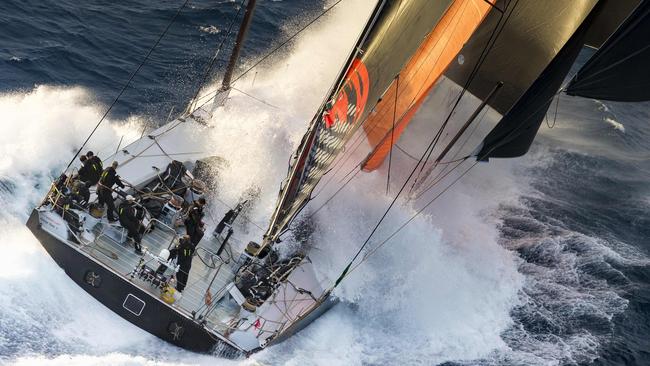
To celebrate the race’s 75th birthday, 170 entries have been received by the CYCA — the biggest fleet since the 50th in 1994.
For some, it will be another year of battling whatever the Tasman Sea and Bass Strait throws at them.
For others, they will have their bucket list moment.
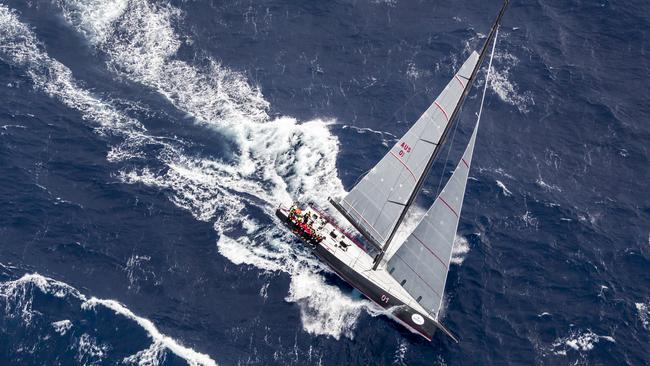

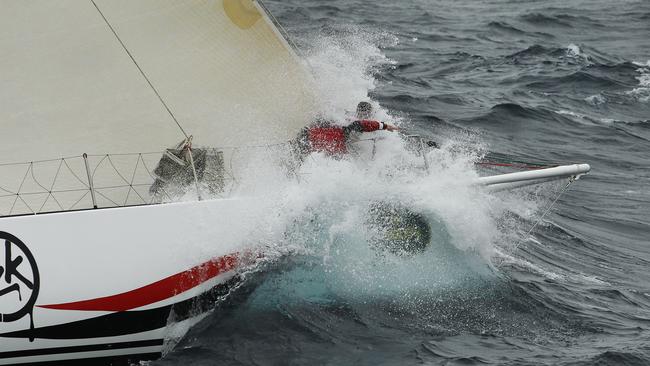
Add your comment to this story
To join the conversation, please log in. Don't have an account? Register
Join the conversation, you are commenting as Logout
Revealed: Tasmania’s top-16 young sailors
Tasmanian young guns are the ruling the waves as national and world champions. Here’s the list of the state’s young stars making their mark on sailing.
Bittersweet Sydney to Hobart reaction as memorial plans revealed
Skipper Sam Haynes victory was bittersweet in light of the loss of two fellow sailors after Celestial 7 was named provisional overall winners of the tragic 2024 Sydney to Hobart.